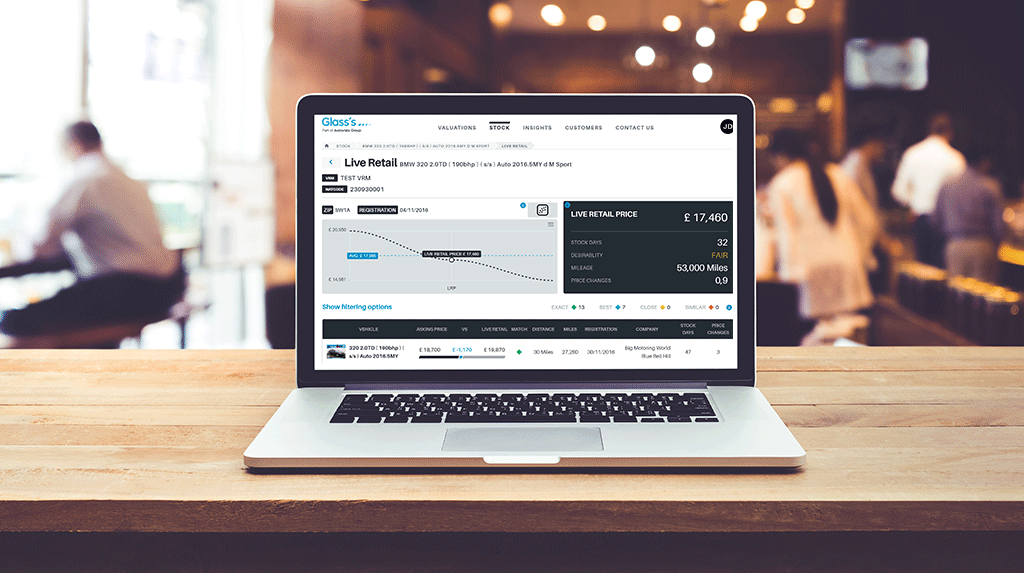How to run a successful car dealership
Securing or even improving your margins, especially in the current market situation, can be challenging. Ultimately it all comes down to buying the right vehicles and selling them at the right price.
Every day you have to deal with decisions that determine your success:
- How can you make sure your vehicle valuations are accurate?
- What is the best way to optimise your stock management?
- What can you do to secure your margins?
- Should regional differences be considered when pricing a vehicle?
In order to run a successful car dealership, it is vital to optimise your strategies. You need to know the market and you need to react quickly.
5+ Top Tips on How to Run a Successful Car Dealership

1. Don’t just add the usual 10% markup to your vehicles
You may be tempted to set a much higher price for your vehicle stock – thinking you’re improving your margins. Or you may heavily under-price when the market is down trying to sell off your stock – not knowing your competitor has sold a similar vehicle at a much higher price.
You’re better off setting the correct price for your vehicle. Glass’s dashboard can tell you within seconds whether you’re under- or over-pricing, so you can make adjustments and protect your margins.

2. Take the clutter out of your workflow
It’s astonishing that dealers in the UK spend a large portion of their working day performing vehicle price checks – when they could be spending more time on the forecourt with clients.
With Glass’s, you’ve got access to live data – all on one platform. In a few clicks, you can get all the pricing insights you need – taking all the clutter out of your workflow, so you can improve your productivity.

3. Use reliable data to price your vehicles
The automotive market is extremely volatile and seems to be changing every other day. Now more than ever, staying on top of live retail prices is crucial to succeeding as a dealership.
The problem is not knowing which data to trust. There are several free valuation tools available on the internet – even on reputable sites. But even a marginal miscalculation of market figures can lead to disastrous consequences with vehicle pricing, which may affect your margins.

4. Fine-tune your used-car valuations
Make sure your valuations are adjusted to existing market condition.
A tool such as the all-new Glass’s can help you to automatically adjust valuations based on a vehicle’s previous life, number of owners, keys, mileage, specific manufacturers, regional variations and more – tailored to your needs with no time wasted.

5. Adjust prices based on regional differences
Prices are not the same across the UK. For models in certain areas, prices can differ significantly. This means, if you’re assuming that pricing is standard everywhere, you could be harming your margins.
Use a market monitoring feature to determine regional differences. By adding a regional pricing adjustment such as offered by the Live Retail function of the new Glass’s, you can adapt your pricing strategy accordingly and make sure you sell cars more profitably.

 Close
Close